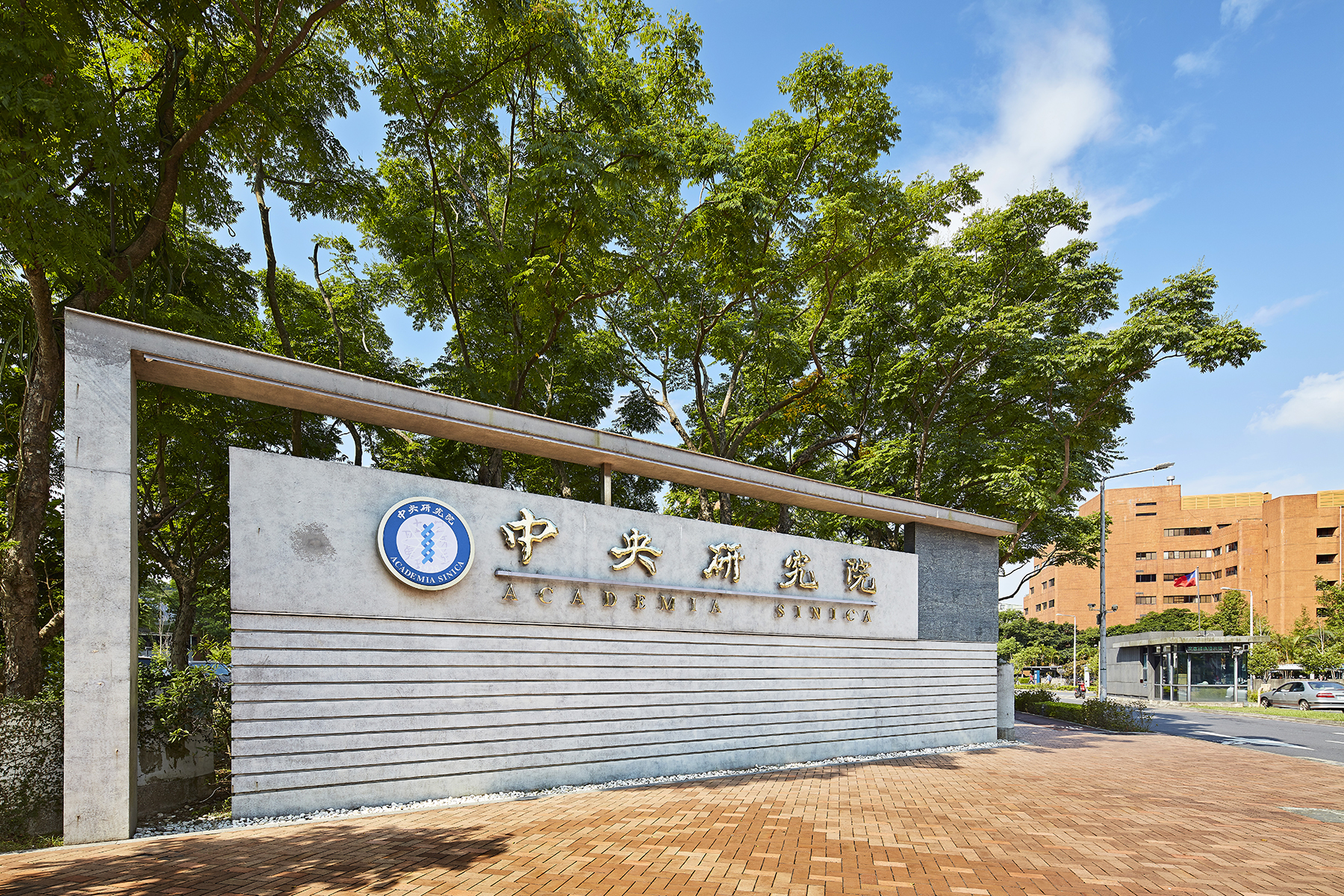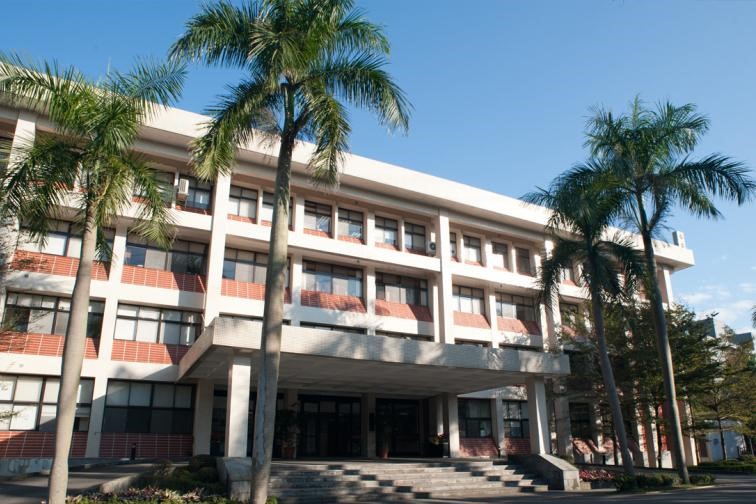- Lectures
- Institute of Biomedical Sciences
- Location
B1B Lecture Room, IBMS
- Speaker Name
Dr. Chikashi TERAO (RIKEN Center for Integrative Medical Sciences)
- State
Definitive
- Url
Both genetic and environmental components define immune complex traits including quantitative traits (such as blood cell counts) and binary traits (such as disease affection status). Understanding genetic architectures underlying complex traits, especially population-specific ones, would lead to understanding of the basics of the traits and realize personalized medicine. Rare variants and structural variations demonstrated strong associations with complex traits.
Here, we show population-specific genetic variations deepen our understandings of complex traits. Combining approximately 260,000 Japanese study participants, a Japanese-specific genotype reference panel and statistical fine-mapping, we identified 4,423 significant loci across 63 quantitative traits, among which 601 were new, and 9,406 putatively causal variants. New associations included Japanese-specific coding, splicing and noncoding variants, exemplified by a damaging missense variant rs730881101 inTNNT2associated with lower heart function and increased risk for heart failure (P= 1.4×10−15and odds ratio = 4.5 (95%CI 3.1–6.5). Putative causal noncoding variants were supported by state-of-art in silico functional assays and had comparable effect sizes to coding variants. A plausible example of new mechanisms of causal variants is an enrichment of causal variants in 3′ untranslated regions (UTRs), including the Japanese-specific rs13306436 inIL6associated with pro-inflammatory traits and protection against tuberculosis. We experimentally showed that transcripts with rs13306436 are resistant to mRNA degradation by regnase-1, an RNA-binding protein. We also found a rare variant in the FcRL region showed a strong association with systemic sclerosis (SSc) (OR:2.05, p=4.9x10-11). This variant is marked with H3K4me1 in primary B cells and is in cis-regulatory region of IRF-8, another susceptibility locus to SSc. We demonstrated that the FcRL variant only shows an association in the presence of the risk allele of IRF8 in the Japanese population. Prioritizing the top 5% of SNPs of IRF8 binding sites in B cells improves the fitting of the polygenic risk scores, underscoring the roles of B cells and IRF8 in the development of systemic sclerosis.
Taking advantage of DNA microarray data, we showed that mosaic chromosomal alterations (mCA), also known as CHIP, is quite frequent in normal population. Rare variants in Japanese showed strikingly strong associations with mCA (OR~91) and pinpointed importance of double strand DNA break repair system in occurrence of mCA. mCA revealed key differences in the genomic locations of mutations in Europeans and Japanese; these differences predicted the relative rates of chronic lymphocytic leukaemia (which is more common among European individuals) and Tcell leukaemia (which is more common among Japanese individuals) in these populations.
Our study underscores the importance of sequencing, genotyping and association efforts in diverse populations.









 Home
Home

